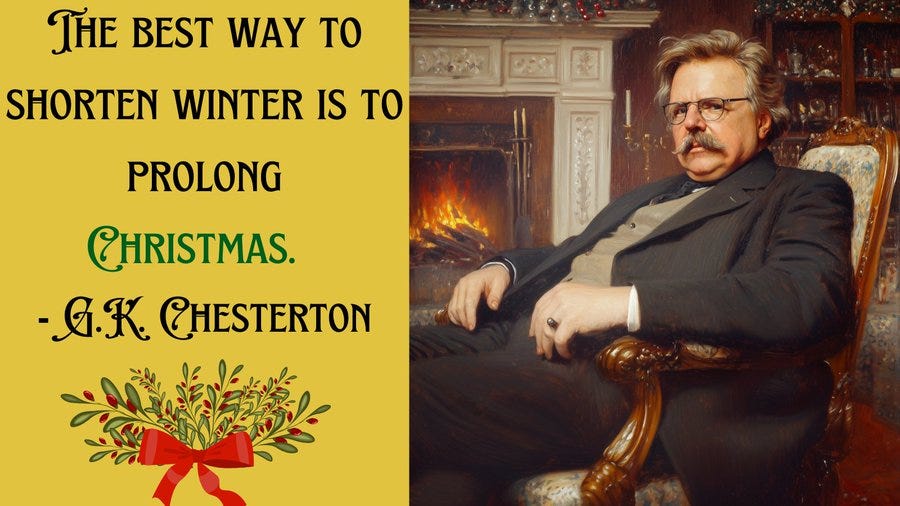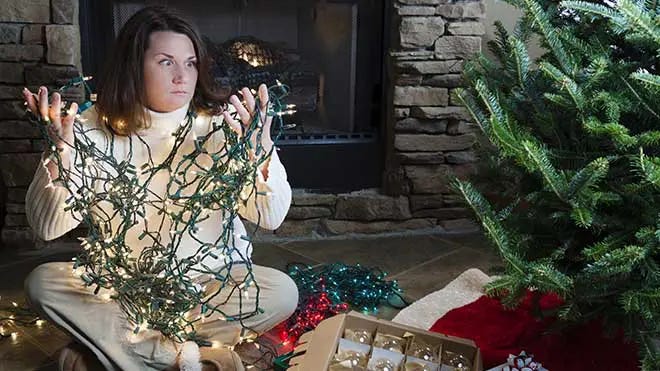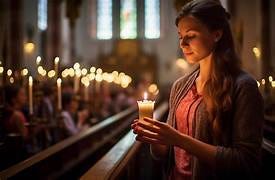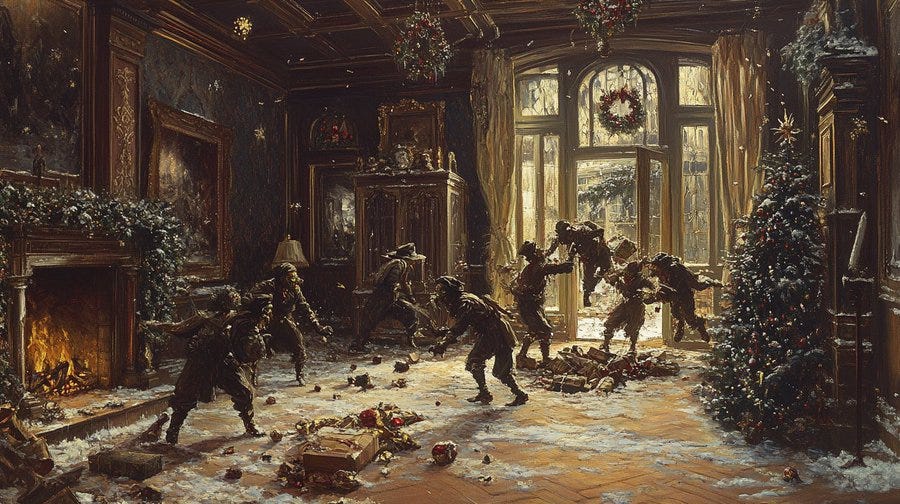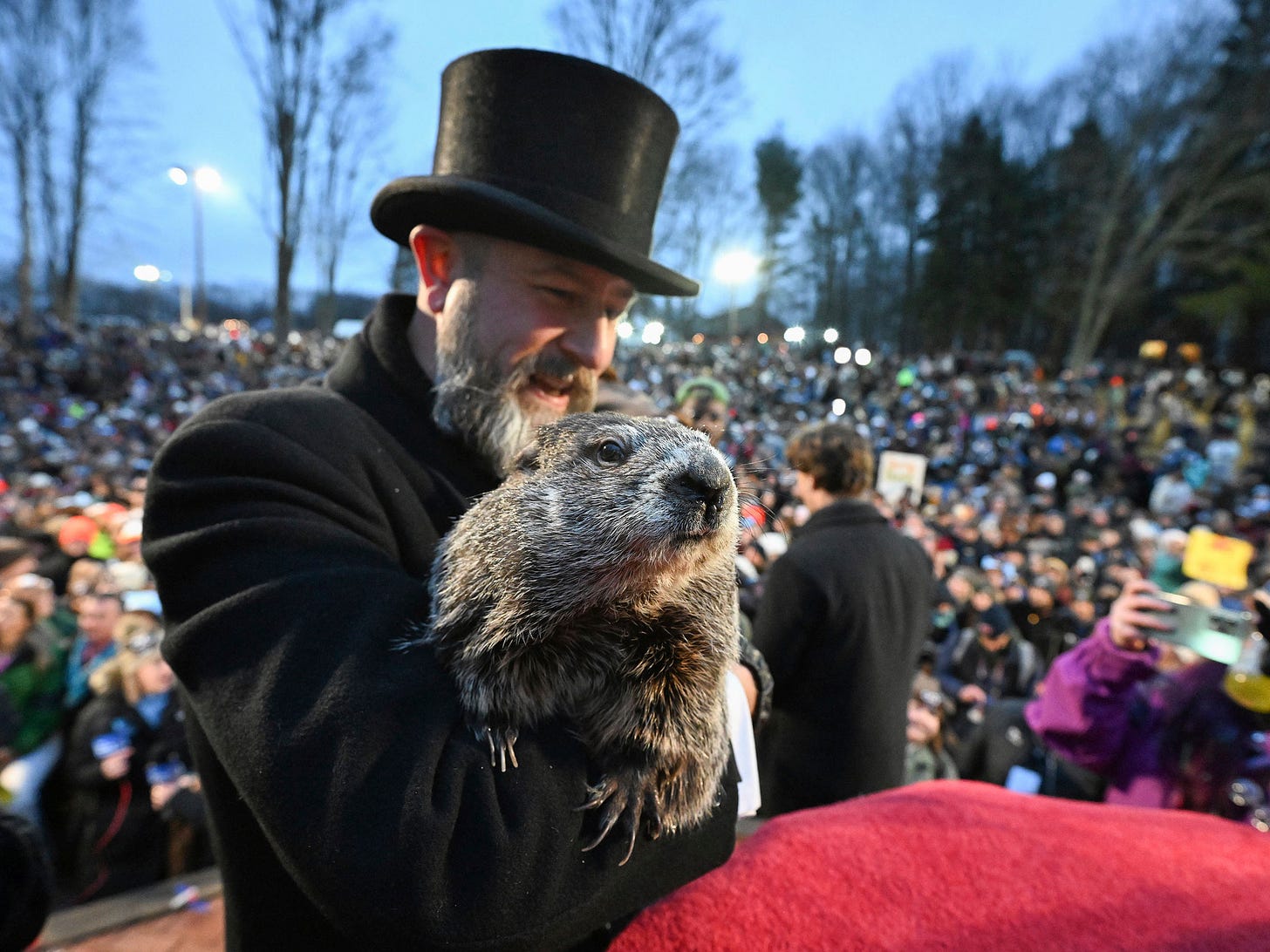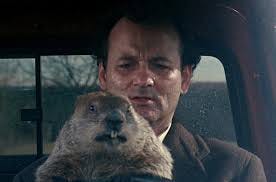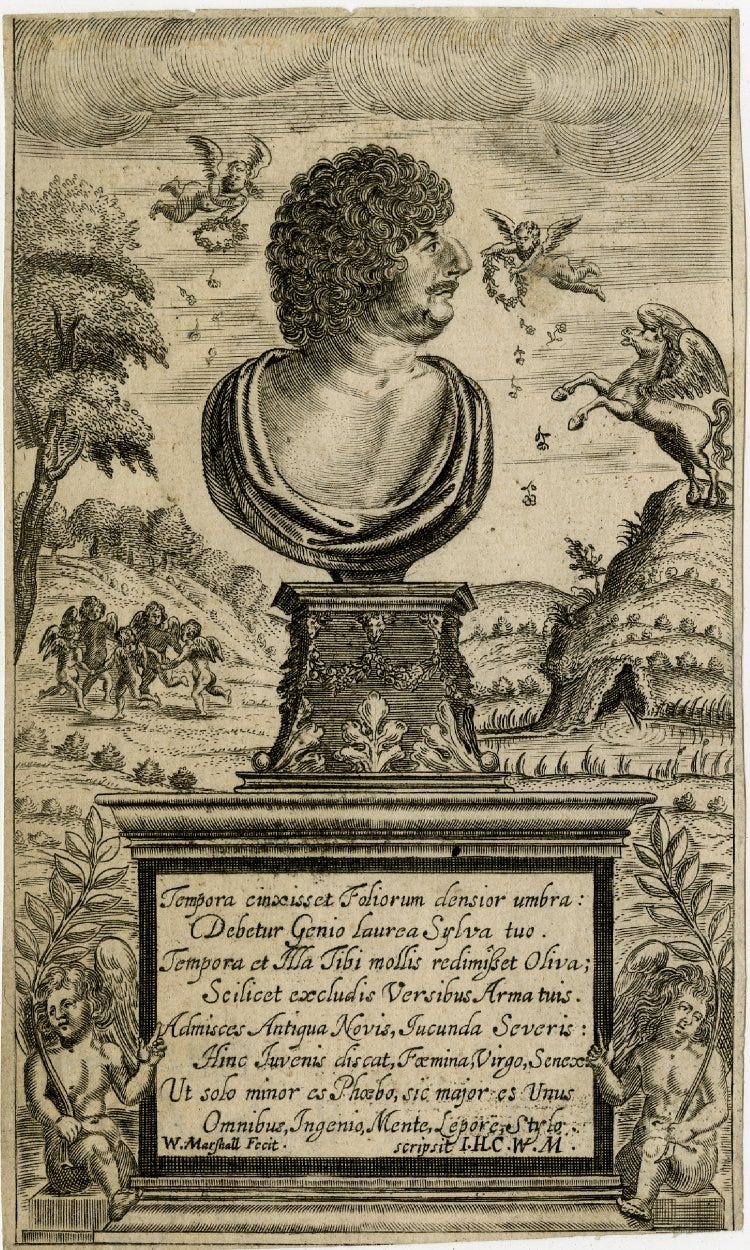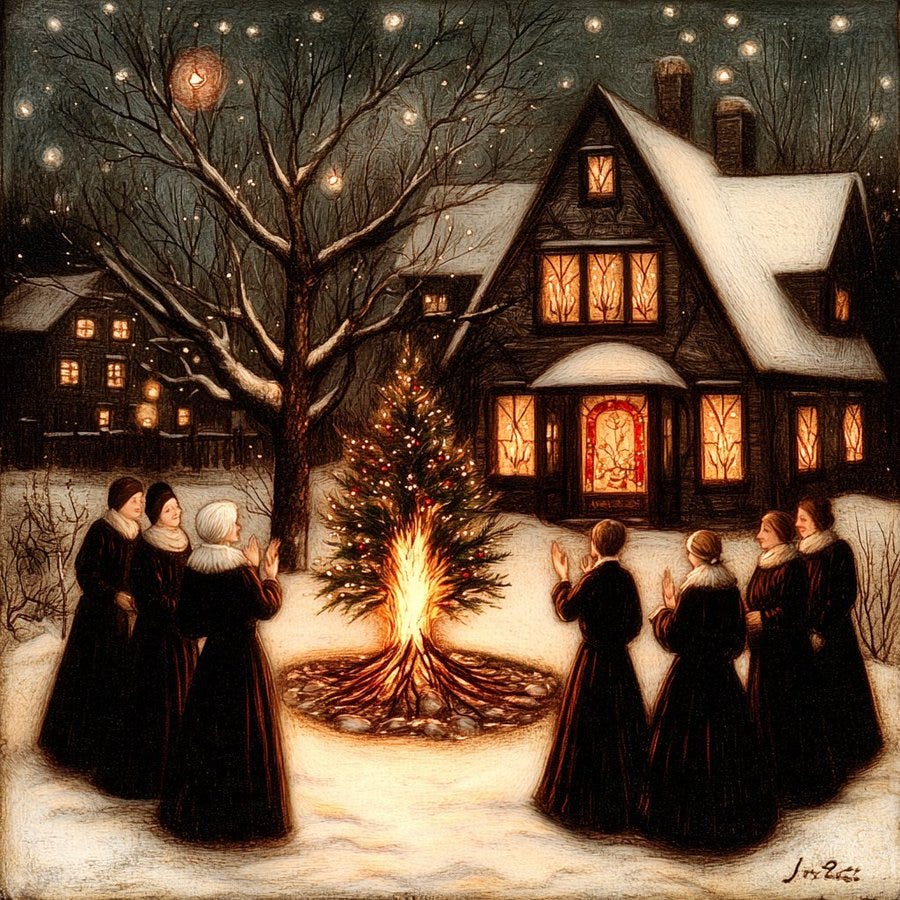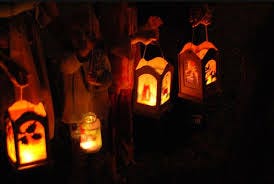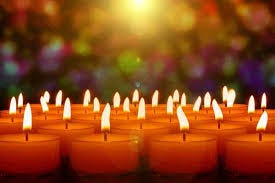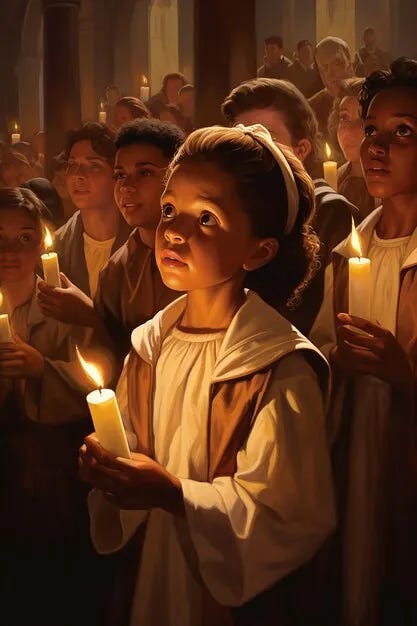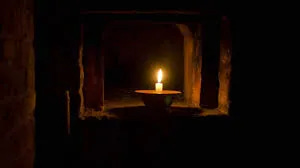Why We Should End Christmas on Candlemas: A Case for Reviving a Forgotten Tradition
If you Google when Christmas is over and when to pack away your decorations, you’ll find countless articles declaring it’s on Twelfth Night—January 5th or 6th, depending on the source—to avoid bad luck. These articles often insist this is an ancient tradition, part of the 12 Days of Christmas stretching back to the birth of Christianity.
Except it’s not.
Twelfth Night as the “official” end of Christmas dates back no further than the end of Queen Victoria’s reign. The Victorians, who reimagined Christmas as a quiet, family-oriented affair, deliberately curtailed the rowdy, adult-centered revelry that had once defined Twelfth Night. What had been a loud, public celebration—a carnival of feasting, mischief, and merriment—was deemed unseemly and gradually erased.
But what if there’s a better way to end Christmas?
Through centuries of English history - from medieval peasants to Tudor monarchs and Restoration courtiers - Christmas wasn't a fleeting celebration but a season that illuminated the heart of winter, stretching from December's depths until the candlelit promise of spring at Candlemas. While we now rush to strip away Christmas cheer in early January (or even earlier), our ancestors understood something profound: that the darkest weeks of winter were precisely when festive lights and communal joy were needed most. Their Christmas, lasting until the beginning of February, transformed what could have been a season of mere endurance into one of warmth, celebration, and gradual reawakening.
The Historical End of Christmas
Candlemas, celebrated 40 days after Christmas, historically marked the official conclusion of the Christmas season in England. In regions such as Staffordshire, Warwickshire, Worcestershire, Shropshire, Suffolk, and Dorsetshire, this date carried both religious and seasonal significance.
Candlemas commemorates two key events in the Christian calendar: the ritual purification of Mary after childbirth and the presentation of the infant Jesus at the Temple in Jerusalem. These ceremonies represent the final chapter of the Nativity story, marking Jesus's transition from the baby in the manger to a consecrated child recognised by his faith community. The timing was significant - by 40 days after birth, Mary's body would have returned to its non-pregnant state, marking a natural conclusion to the birth narrative.
Beyond its religious roots, Candlemas aligned perfectly with ancient seasonal rhythms. Falling midway between the winter solstice and spring equinox, it provided a natural pause before the agricultural year began. In an era when winter curtailed farming activity, prolonging Christmas celebrations served as both a spiritual anchor and a communal morale booster through the darkest days.
This extended period of festivity was not unique to England. In the Eastern Orthodox Church, for instance, the Feast of the Meeting of the Lord marks a similar 40-day post-Christmas cycle, underscoring how deeply embedded these rhythms of light and renewal are in Christian traditions worldwide.
Rich Traditions and Folklore
Candlemas customs were rich and varied, bridging sacred and secular practices. Churches would bless all the candles that would be used throughout the coming year, symbolising Christ as the "light to lighten the Gentiles." This practical ceremony carried deep spiritual resonance, illuminating both the physical and metaphorical darkness of winter.
The tradition of burning Christmas decorations on Candlemas Eve held particular importance. This act symbolised purification and renewal while also distancing Christian celebrations from their pagan origins, as Candlemas coincided with the Gaelic festival of Imbolc. Superstitions added intrigue to this ritual - decorations left up after Candlemas Eve were believed to become possessed by goblins, a notion immortalised in Robert Herrick's 17th-century poem, "Ceremony Upon Candlemas Eve." Some beliefs were even more specific: for every leaf or berry left in a church after Candlemas, a death would occur in the family occupying that pew.
Weather lore also found its place in Candlemas traditions, expressed in a well-known rhyme:
If Candlemas be fair and bright,
Come winter, have another flight;
If Candlemas bring clouds and rain,
Go winter, and come not again.
This tradition lives on in America's Groundhog Day, where European settlers adapted older customs of weather-predicting animals. In Hungary, bears were said to check their shadows on Candlemas to determine winter's length, while German settlers brought similar traditions involving hedgehogs to the New World. Such practices highlight the fascinating interplay between religious observance and practical concerns during this time.
The Decline of Candlemas
Candlemas began to wane during the Victorian era as several forces converged to change society's relationship with seasonal celebrations. Industrialisation disrupted the agricultural calendar that had underpinned many seasonal traditions, while factory schedules and urbanisation left little room for extended festivities.
Queen Victoria's preference for ending Christmas on Twelfth Night (5th January) significantly influenced societal practices. Meanwhile, Puritanism had already challenged many Christmas customs, with figures like Robert Herrick facing professional consequences - including removal from his position as an Anglican priest - for resisting reforms. The rise of artificial lighting and central heating further disconnected people from natural cycles of light and dark.
By the early 20th century, the notion of a prolonged Christmas season seemed excessive to many, reflecting a broader disconnection from the rhythms of nature and community that had given Candlemas its original meaning and purpose.
Why Revive Christmas to Candlemas?
In a world shaped by artificial lighting and modern schedules, extending Christmas decorations and observances until Candlemas presents several compelling benefits:
A Gentler Transition from Festivities
The abrupt end of Christmas on Twelfth Night can feel jarring. Extending the season through January allows for a gradual return to routine, easing the emotional letdown that often follows the holidays.
Light in the Darkest Days
January and early February remain the bleakest months in many regions. Maintaining festive decorations and traditions until Candlemas provides much-needed cheer during this challenging period.
Connection to Tradition
Candlemas offers a meaningful way to reconnect with historical customs and spiritual practices, grounding us in a sense of continuity with the past.
A Ritual of Renewal
The medieval practice of burning Christmas greenery on Candlemas Eve could be reimagined as a modern ritual, symbolising the letting go of the old and embracing the gradual return of light.
Practical Ways to Celebrate Candlemas Today
If you feel inspired to embrace Candlemas, here are some meaningful ways to observe this tradition:
Keep Decorations Up
Maintain select Christmas lights and greenery until 2nd February as symbols of hope and light. Focus on natural decorations, like evergreen boughs and white lights, that bridge the seasonal transition.
Candlelight Ceremony
Host or attend a candle-lighting ceremony, secular or religious, focusing on themes of purification, renewal, and the returning light of spring. Making your own candles can add a personal touch to this celebration while connecting to the historical practice of blessing the year's candles.
Mindful Transition
Create a ritual for removing decorations, keeping a few candles lit through 2nd February. This gentler approach offers a symbolic and satisfying close to the season.
Seasonal Feasting
Prepare a special meal featuring winter ingredients. Traditional Candlemas foods, such as crêpes or pancakes, symbolise the returning sun with their round, golden shape.
Community Gathering
Organise a neighbourhood celebration, such as a bonfire or lantern walk, to foster warmth and connection during the darkest days. Such gatherings echo the communal celebrations that once helped medieval communities navigate the depths of winter.
“The way to shorten winter is to prolong Christmas.”
As Chesterton wisely noted, extending Christmas truly can make winter feel shorter. While a full 40-day celebration may not fit into modern life, carrying some of the Christmas spirit through to Candlemas allows us to savour the warmth of the season a little longer. By maintaining decorations, embracing seasonal rituals, or fostering community gatherings, Candlemas provides a meaningful way to brighten the darkest months with light, hope, and a deeper connection to our shared history.
In a culture that rushes from one celebration to the next, Candlemas reminds us of the value of slowing down. By illuminating winter with extended celebration and mindful transition, we can rediscover the wisdom of a tradition that finds joy and meaning in the heart of darkness.




